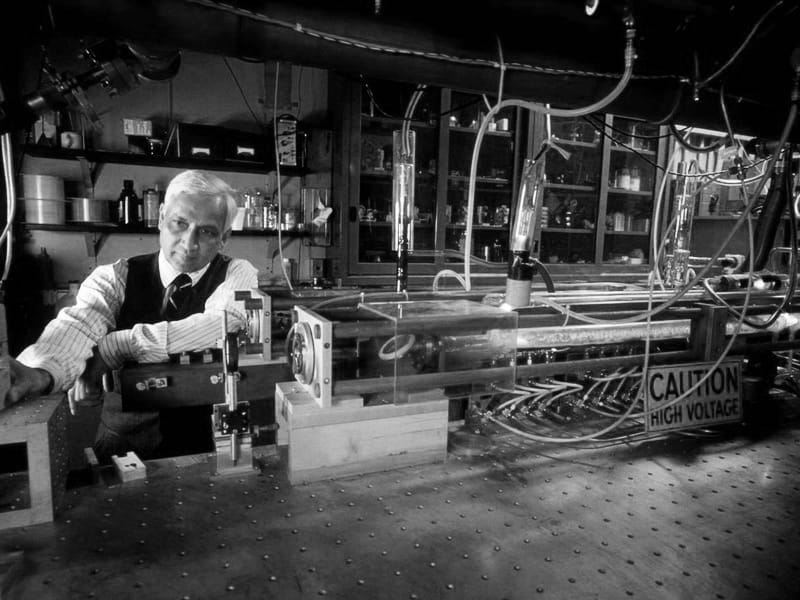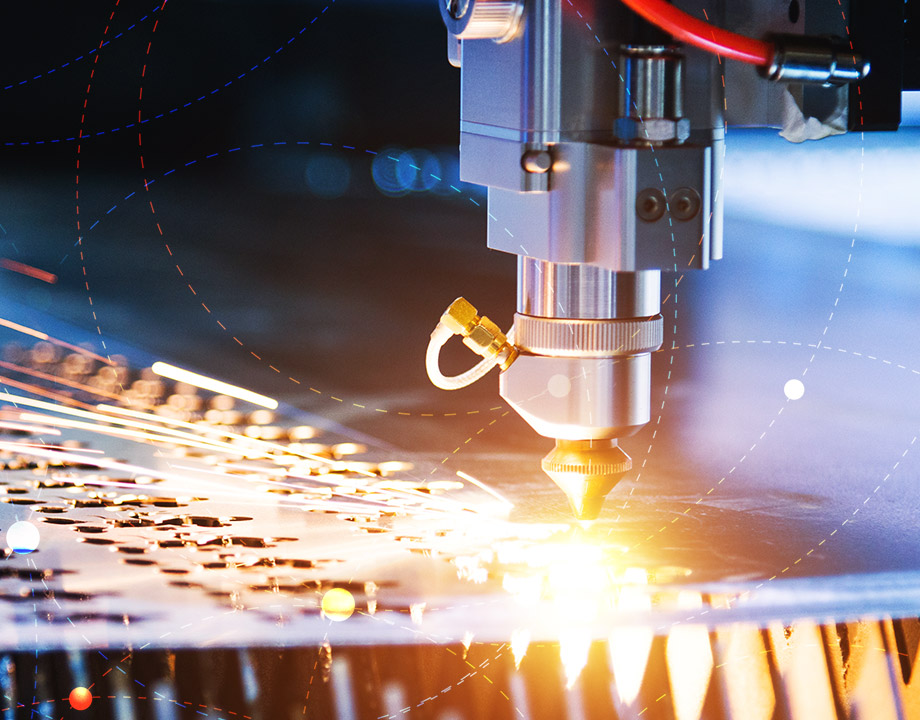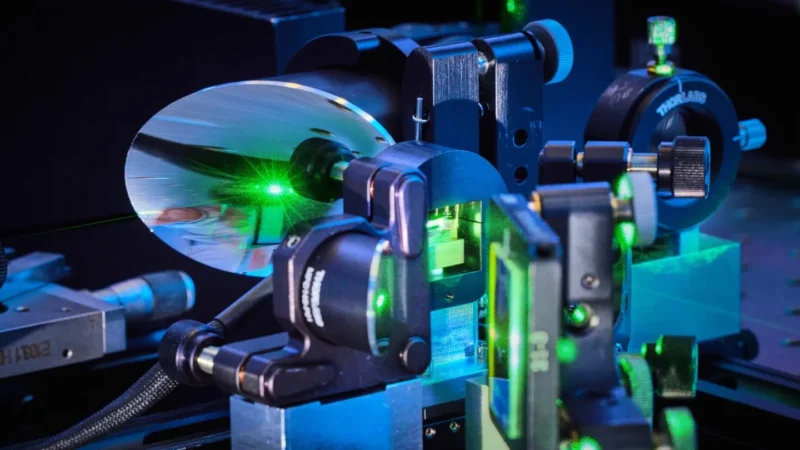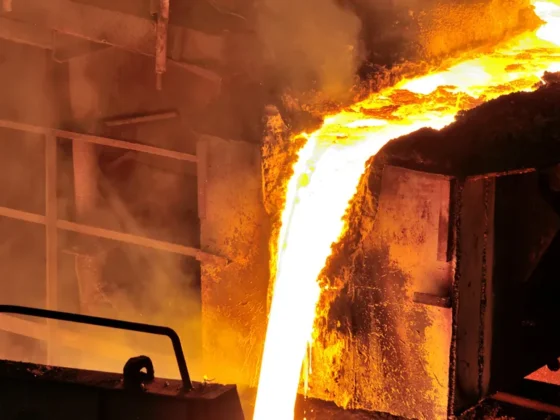Lasers have revolutionized the way we live today. From military applications to everyday technological advancements, lasers have been a major contributor to pushing humanity forward.
In this article, we explore the fascinating history of laser technology, from its conception in 1960 to its current status at the cutting edge of science and industry. We will discuss how these powerful tools were developed over time and their numerous applications that continue to shape our lives today.
Join us as we take a journey through time and get an insight into one of modern science’s most revolutionary inventions – the laser!
The Early Years of Laser Development

The early years of laser development saw the invention and use of some of the earliest lasers. In 1960, Theodore Maiman presented his ruby laser to the world, marking a breakthrough in the field. Shortly after this milestone was achieved, further research into lasers began in earnest.
Scientists quickly developed diode lasers for medical applications such as eye surgery, while researchers at Bell Labs developed neodymium-doped glass lasers that could be used for communications purposes. Meanwhile, other inventors worked on developing gas and solid-state lasers with new wavelengths that could be used commercially or militarily.
The progress made during these formative years laid down many of the foundations that still underpin modern laser technology today.
Milestones in the Evolution of Lasers

The milestones in the evolution of lasers are as follows. Back in 1960, Theodore Maiman created the first working laser using a ruby crystal at Hughes Research Laboratories.
Then, in 1962, Robert N. Hall developed and patented the first semiconductor injection laser diode which is still widely used today.
In addition, 1966 saw Charles H. Townes and Arthur L.
Schawlow receive a patent for their invention of an optical maser using gas molecules which was later referred to as “optical masers” or “lasers” by Gordon Gould who coined this term two years later in 1968 during his work with stimulated emission amplifiers (SEAs). Finally, 1977 marked the release of the first helium-neon (HeNe) gas laser by Spectra Physics Inc.
, making it possible to use light sources for scientific research such as holography and spectroscopy among other applications that opened up new possibilities for precision engineering techniques like cutting through metal with high accuracy or pinpointing exact locations on surfaces for medical treatments such as eye surgery. These advancements have been instrumental in setting off a technological revolution over time that has enabled us to enjoy many benefits from lasers today!
Modern-Day Applications of Lasers

Today lasers are used in a wide variety of applications, from medical treatments to construction and manufacturing. In medicine, laser technology is used for performing minimally invasive surgeries on the heart, lungs, and other parts of the body.
Lasers can also be used for vision correction procedures such as LASIK surgery. Manufacturing processes, including 3D printing and welding, use laser technology to create intricate designs with ease.
Lasers are even being utilized in construction projects such as bridges or tunnels that require precision drilling and cutting of metal components. Additionally, lasers have become an indispensable tool for scientists studying everything from light particles to galaxies far away in space.
Finally, they are even incorporated into everyday items like barcode scanners at supermarkets or DVD players at home entertainment systems – proving just how powerful this invention has become centuries after its discovery!
Conclusion

Laser technology has come a long way since its inception in the 1950s. From being used for military applications to becoming an integral part of everyday life, lasers have revolutionized the world we live in.
This brief history of laser technology shows how far it has progressed and how it continues to shape our lives today. With advancements continuing to be made, laser technology is sure to bring us even more innovative solutions in the future.


